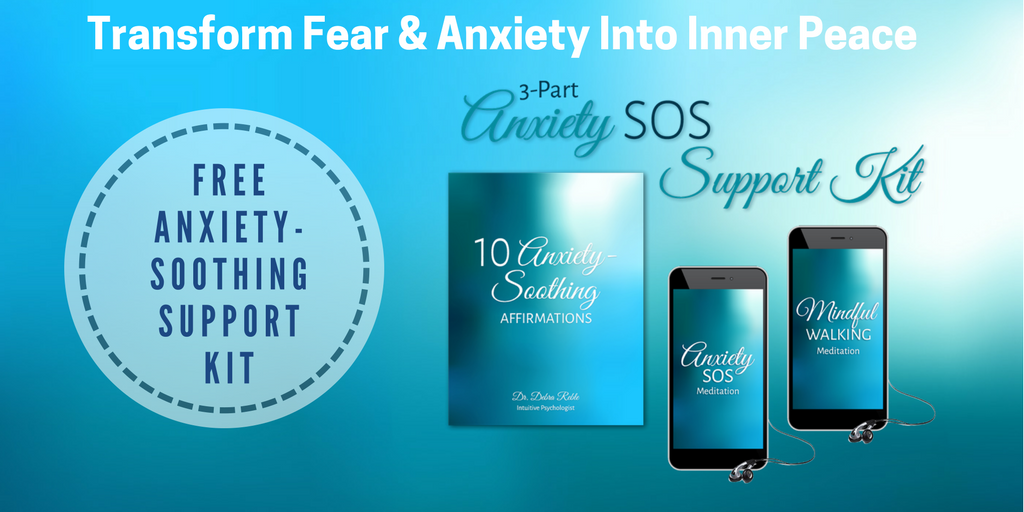
One word frees us of all the weight and pain of life; the word is love.” —Sophocles
The more we lean into our vulnerabilities, the more open we become to love. The areas of our lives in which we feel most vulnerable are health, relationships, and finances. Whether or not we had a healthy and loving childhood, we all experience some form of emotional pain as a reflection of the human condition. Our subsequent pain, when left unresolved, keeps us living in habitual, protective ways and inhibits us from co-creating a fulfilling and happy life.
Leaning into our vulnerabilities requires spending time alone so we can confront the source of those vulnerabilities—our feelings of unworthiness or disconnection—and stand face to face with whatever unresolved pain surfaces. Many of us find, however, that gaining this awareness is scary, or makes us feel uncomfortable. When spending time alone, it is therefore important to provide compassionate company for ourselves, like we are with an old, trusted friend whom we unconditionally love and accept.
When I started searching for my mother who disappeared when I was eight, my unresolved pain starting breaking through the protective barriers I had set up early in my life. So, ensconced in the safe sanctuary of my burgundy corduroy chair, I allowed myself to notice the anguish that threatened to engulf me. Sitting with my vulnerability began a healing journey that would take months, and require the release of layer after layer of pain. Every morning as I sat in that chair, I immediately became restless and uncomfortable. I would cut short my sitting time, or fidget until it was time to get up and start the rest of my day. This happened every day until finally, one morning, I sat still until my pain rose and burst through its protective layers. I felt as though my heart had been flayed open. Although I felt shattered into a million shards of glass, I didn’t die. I realized I had chosen to create, in my chair, a sacred space of love where I was safe to unravel and release the pain that had debilitated me. This realization, along with the compassion I showed myself, kick-started the release of years of unresolved pain.
The more I sat with myself, the deeper I released. I incorporated journaling as another tool to facilitate the excavation of my layers of loss. With trust and compassion, I leaned into my deepest vulnerability, the fear that I was unlovable, becoming aware that this fear had colored nearly my entire life experience.
From that pivotal morning, and for months following, I allowed myself to fall apart and release the layers of loss I was uncovering from my heart. I began to realize it wasn’t just the loss of my mom I was releasing but decades, even past lives of loss.
Trusting yourself and letting go creates and holds the sacred space for self-healing and spiritual transformation. The release of pent-up emotional pain is the key to your “uncovery” to love. You cannot open to love when you are clutching your hurts so tightly. But, when you lean into your tender places, you can discover that love has been there all along.
Until you allow yourself time alone to lean into your vulnerabilities, you may not even realize that your body, especially your autonomic nervous system, holds on to pain. For example, you may have parts of your body that are numb, shallow breathing, or a nervous system in a constant state of anxiety. Leaning in to your vulnerability loosens the vice grip your brain has on your thoughts. In order to heal, you have to expose those negative thoughts, worries, and wounds to the light, and reveal all the ways you’ve been striving to protect them and keep them hidden from sight. Here are a few ways to lean into your vulnerabilities:
- Practice leaning into your vulnerabilities. Spend time alone in quiet reflection, whether meditating at your desk, sitting in a garden, looking out a window, or writing in a journal. Begin with five minutes at the beginning and end of each day, then gradually increase the time to allow your vulnerabilities to surface.
- Notice when you feel uncomfortable, restless, or irritable. These are cues that there are emotions just below the surface of your conscious awareness that need to be released. Sit, lie, or walk with any vulnerability or pain until it releases.1
- Identify the types of situations that cause feelings of vulnerability by journaling. Ask, “What is the energy in my body telling me? What person or situation makes me feel vulnerable? What is the person or situation showing me about the origin of my underlying pain?” Discuss the sources of emotional pain that triggered any reactions with a supportive friend or therapist.
When we confront the source of our vulnerabilities, we often discover that the person or situation causing our distress is not as formidable as the fear that is amplified in our minds by our disconnection from love. We learn that we’ve been living in a vicious cycle: we are afraid because we feel wounded by our vulnerability, but the fear blocks the flow of the very love energy we need to thrive. When we trust ourselves enough to let go, our courage kicks in, enabling us to observe that our vulnerabilities are no match for the energy of love within us.

